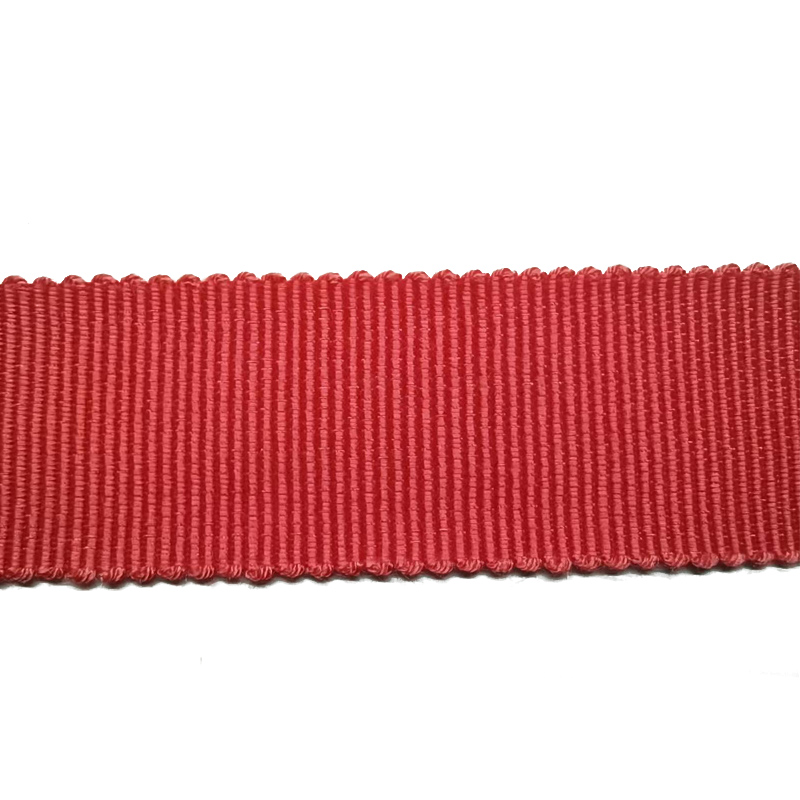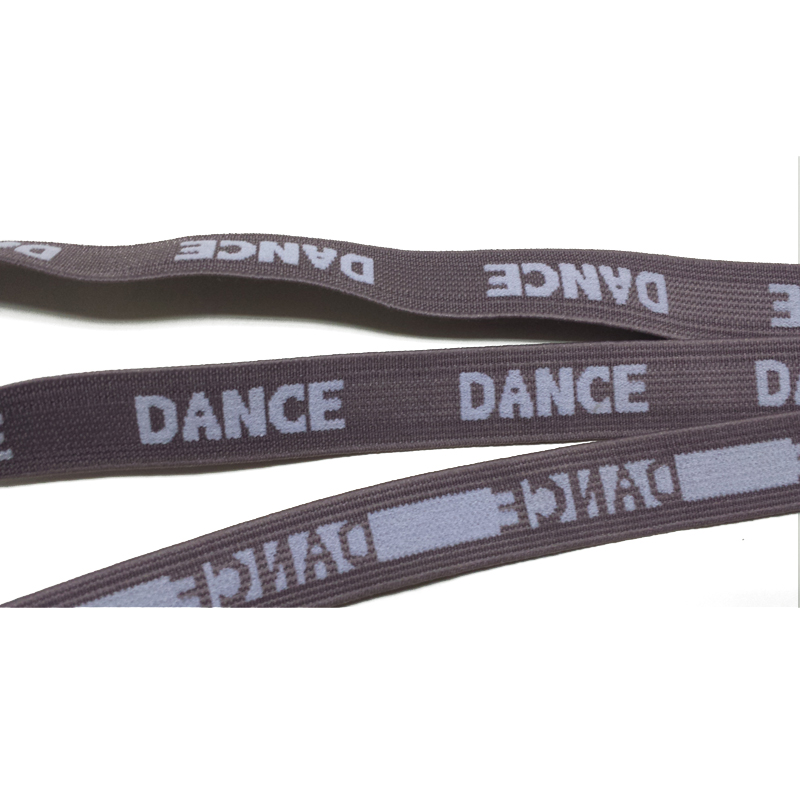Unboxing: this is part of the magic, the romance, and the overall excitement of giving and receiving jewellery. It’s easy to picture—the anticipation builds as the lid slowly opens to reveal a sparkling beauty. Smiles and gasps of delight ensue.
Whether your client discovers this jewel box under a napkin on a candle-lit table or receives it in the mail, the package and all the accoutrements are integral to their experience of jewellery. Nylon Rope

For brands and retailers, packaging keeps jewellery pristine and protected, but also presents an opportunity to reinforce brand identity. As jewellers and designers, you put careful thought into the boxes, tissue paper, and ribbon selected because you know these materials will make a statement about your brand and hint at what may be inside.
These little containers have been around forever—they may be fabric-coated, leather, wood, leatherette, or cardboard; perhaps gilded, stamped, or embossed, with some kind of foam or velvet-flocked insert to hold a piece of jewellery safely in place. This is the jewellery box we’ve all come to accept and expect.
Earlier this year, I was preparing a custom ruby ring for shipping. I reached for one of my branded boxes and, low and behold, the glue was completely crazed—like a mistreated opal—and the box fell apart in my hands.
Of course, the next thing I wondered was, “Did this happen to all the boxes I shipped to my clients? Well, that’s not very ‘prestige’!”
Aside from having to quickly find an attractive, on-the-fly packaging solution, the situation made me take note of what was used to construct the box: coated fabric over a rigid plasticized frame, glue, a metal hinge (that had begun to rust!), and a velour-flocked carton insert. Essentially, no part of this box could be recycled.
Sustainability and transparency in the jewellery industry are becoming increasingly top-of-mind for consumers, along with retailers, suppliers, and independent jewellers.
“Where do my gems come from?”
“Is the gold certified-recycled or Fairtrade?”
“What about the packaging? Is it recyclable?”
“Do we really need all the bags, tissue paper, a box within a box, and shipping materials?”
Luckily, progress is being made as more and more forward-looking companies explore alternative options and upgrade their facilities to better manage waste and reduce their carbon footprint.
I’ve been on an active hunt for sustainable packaging for a few years now. Sure, there are a number of companies promoting ‘eco-responsible’ options, but most online searches return results of kraft paper made from recycled material, sometimes decorated with raffia twine. While this type of wrapping certainly helps some brands come alive, the earthy minimalism may not work for all jewellers.
One company that stands out in its creation of stylish, eco-friendly clamshall boxes (complete with black die-cut inserts) is California-based Sustainable Packaging Industries (SPI).
“The curved shapes and eco esthetic complement the natural beauty of handcrafted jewellery,” its website reads.
Despite the spike in environmental awareness, actually finding a sustainable jewel box remains a struggle for fine and high-end brands. Indeed, the choices are limited, and may not convey the right message. Further, elegant, sustainable inserts to hold jewellery safely in place are a rare commodity.
Sustainability, ethical sourcing, and environmental awareness are top priority for Toronto-based independent jewellery designer, Aimée Kennedy. Her unique, high-end jewellery pieces appeal to a vibrant demographic that is socially and environmentally conscious.
“There is never a 100 per cent perfect solution,” Kennedy says. “I’ve been able to source tissue paper and pouches that are sustainable, but have not found the right ring box that will give my customers the full luxury experience.
“If I can’t have a box that reflects my work and is sustainable, it is almost better to have no box at all.”
In my research, I have found just two companies that satisfy the ‘look’ necessary for fine jewellery. United Kingdom-based Hatton and Spencer recently teamed up with Germany’s Ch. Dahlinger to launch a sustainable jewel box called Naturale, constructed from quality cardboard and wool-cardboard inserts. Wrapology, another U.K. company, also offers elegant, contemporary jewellery boxes, made from 100 per cent recyclable paper, with minimum orders starting at 300 units.
Believe it or not, the lovely, ethereal tissue paper peeking out of the shopping bag, the decorative stickers adorning your packaging, and the non-assuming plastic-coated adhesive tape keeping boxes safely packed and tamper-free can also be ecological enemies, as they often leave chemicals in the environment when they break down.
There are, however, sustainable options—many of which can even be printed with your own branding! Look for acid-free tissue paper, stickers printed with inks that are not petroleum based, and water-activated adhesive tape made from a paper product certified by the Forest Stewardship Council (FSC) and coated with an adhesive-like starch.
There are a few companies that have made great strides in this area (noissue, for example, and The Packaging Company). Likewise, don’t overlook local printers: they may, too, offer a similar type of water-activated tape you can customize with your logo.
If raffia ribbon is not your esthetic, but shiny, glittery bows cannot go in the recycling bin, what are the alternatives you can use to make a package look pretty?
Might I suggest 100 per cent biodegradable curling cotton ribbon? Offered by American company Cream City Ribbon, this decorative has an elevated allure with a sophisticated sheen. Likewise, Papillon Ribbons now, too, has a selection of eco-responsible products to add a finishing touch to your packages, including ribbon made from RPET (recycled plastic bottle), biodegradable wood-pulp fibre, bamboo, organic cotton, and soybean.
This category is not a hard one: with increased banning of single-use plastic, avoid the headache and go with an elegant paper gift bag. This option will match perfectly with your new sustainable tissue and ribbon.
When you take into account jewel boxes, tissue paper, bubble wrap, shipping boxes, packing tape, and requisite courier boxes and/or padded envelopes—the amount of packing materials used in shipping a tiny piece of jewellery feels like overkill. Mailers, however, are a necessary evil in many regards: after all, the shipment needs to arrive safe and sound, and we may be reluctant to send jewellery in a small box for the fear of theft or loss in transit.
Luckily, there are a few suppliers you can turn to for eco-friendly shipping options. Canadian paper and printing company Cascades, for example, was recently named one of the 100 Most Sustainable Corporations in the World. What’s more, users can design shipping boxes that are both beautiful and recyclable, creating the ultimate unboxing experience and protecting the treasure inside.
Likewise, Instabox, a “Canadian-owned, family-run, community-focused” box manufacturer in Western Canada, prides itself on only eco-friendly recycled Canadian paper and water-based inks.
Finally, Plumepak, based in Québec, offers a clever all-in-one gift box and mailer, and produced by solopreneur, Linda Leonard. The packing material is Styrofoam, but it is 100 per cent recycled with zero waste, and the spillover from the moulding process is put back into the machine. The boxes are ideal for jewellery and other small or fragile items; they are lightweight and slender enough to be mailed as a letter, making a great alternative to the jewellery box shipped in a padded envelope. Indeed, the option is so unique, customers often reach out to jewellers to comment on it, Leonard says.
After untold hours of searching and calling, my ultimate conclusion is, when it comes to sustainable packaging, we have to weigh all the factors and establish our own personal criteria before making a choice. To paraphrase Aimée Kennedy: there are currently no options that are 100 per cent perfect. We still have a long way to go.
In fact, the lack of sustainable jewel boxes is an opportunity for innovation—all we need is someone to take the reins.
When we start tearing away the layers of ‘eco-friendly’ messaging in the marketing world, we notice a lot of green PR—also known as ‘greenwashing’ and the ‘green sheen.’ This is in reference to marketing spin where brands exaggerate their commitment to the environment simply to tick a box and placate consumers.
For example, a ‘recycled’ descriptor may not necessarily mean a product is ‘greener,’ as the recycling process can be damaging to the environment if not carefully managed. Meanwhile, ‘recyclable’ may mean components of the packaging can be recycled, but can also place the onus on the consumer to take the packaging apart and recycle it. How reliable is this? Well, think of your milk cartons with plastic pour spouts—do you take those apart before you recycle?
When in doubt, reach out
When I worked in advertising, one of the tactics we would use is ‘create doubt’—in other words, talk about some of your best practices in a way that would lead the consumer to assume your competitors are not as rigorous as you.
During my research, I noticed some packaging companies focus all their messaging on sustainability, thus creating doubt about the eco-friendly practices of those that simply have a short paragraph or certification logo on the ‘About’ section of their website. So, being the sleuth that I am, I phoned around to dig deeper and ultimately learned many printing companies across Canada had equally sustainable products and environmental policies.
Circling back to local business
Another criterion impacting the environment is the location of manufacturing facilities. Ask yourself: is your packaging produced locally or offshore? What are the working conditions at these plants? What about waste management? It is often difficult to ascertain this kind of information on overseas facilities, especially those in countries without enforced environmental regulations.
Moreover, overseas shipping can produce emissions above and beyond those of the manufacturing itself.
If verifiability of these points is important to you, you may want to look closer to home. There are several companies in Canada and the United States able to provide sustainable retail and shipping packaging, printed with the graphics you need to convey the values of your brand. These are local businesses with their phone numbers and physical addresses on their websites, often with a representative available to answer all your questions. By dealing with a company in your own community, you are contributing to the circular economy and reducing the carbon footprint of your packaging selections.
Kate Hubley is the owner of Montréal design house K8 Jewelry Concepts Bijoux. She is also a Fellow of the Gemmological Association of Great Britain (FGA), a 2015 Saul Bell Award recipient, and a 2018 Saul Bell Award finalist. Hubley can be reached at kate@k8jewelry.com.
Great article! Thank you Kate 🙂
Your email address will not be published. Required fields are marked *
This cookie is installed by Google Universal Analytics to restrain request rate and thus limit the collection of data on high traffic sites.
Unique customer identifier used to track unique ad views and interactions with some ads.
Tracks ads seen by the visitor through Google Ad Manager.
Please check the box below to confirm you would like to be added to Kenilworth Media’s various e-mail communications (includes e-newsletters, digital editions of the magazine, a survey now and then, and offers to the jewellery industry*).
*We do not sell your e-mail address to 3rd parties, we simply forward their offers to you. Of course, you always have the right to unsubscribe from any communications you receive from us, should you change your mind in the future.

Rope And Webbing No, I have all the knowledge I need right now